Alma mater The Hebrew University | Name David Milstein | |
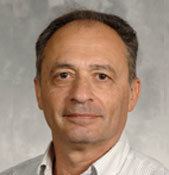 | ||
Known for Metal-mediated activation of chemical bonds. Education Hebrew University of Jerusalem | ||
Nationality Israel, United States | ||
David milstein eni award 2016 eni video channel
David Milstein (born June 4, 1947) is an Israeli chemist best known for his research on metal-mediated activation and functionalization of very strong chemical bonds. He is recipient of the 2012 Israel Prize and the 2016 ENI Award for Protection of the Environment.
Contents
- David milstein eni award 2016 eni video channel
- David Milstein at EMETs Rays of Light in the Darkness Dinner 2016
- Biography
- Research
- Honors and awards
- Major publications
- Personal
- References
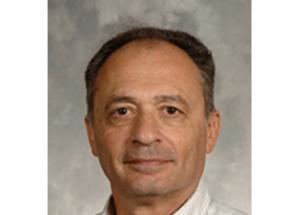
David Milstein at EMET's Rays of Light in the Darkness Dinner 2016
Biography
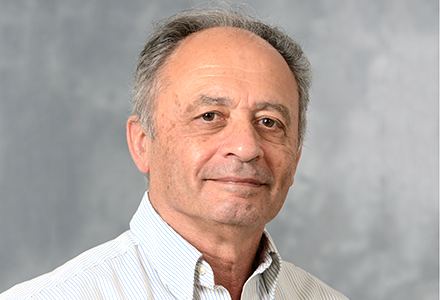
Milstein, who immigrated with his family to the newly founded state of Israel at the age of two, was born (1947) in the city of Ulm, in post-war Germany, where his family took refuge after being displaced during the Holocaust. Milstein was first fascinated by chemistry when attending high school in the town of Rehovot where “an enthusiastic, old-fashioned chemistry teacher who didn’t care much about orbitals” inspired him “with vivid, thought-provoking experiments”. Pursuing his interest, Milstein received B.Sc., M.Sc., and Ph.D. degrees in chemistry from the Hebrew University of Jerusalem. He carried out postdoctoral research in the U.S. at the University of Iowa and at Colorado State University. In 1979, Milstein joined DuPont Central Research & Development in Wilmington, Delaware, where he became a group leader in the homogeneous catalysis area. In 1987, he took up an academic position at the Weizmann Institute of Science in Israel, where he is now director of the Kimmel Center for Molecular Design and the Israel Matz Professorial Chair of Organic Chemistry.
Research
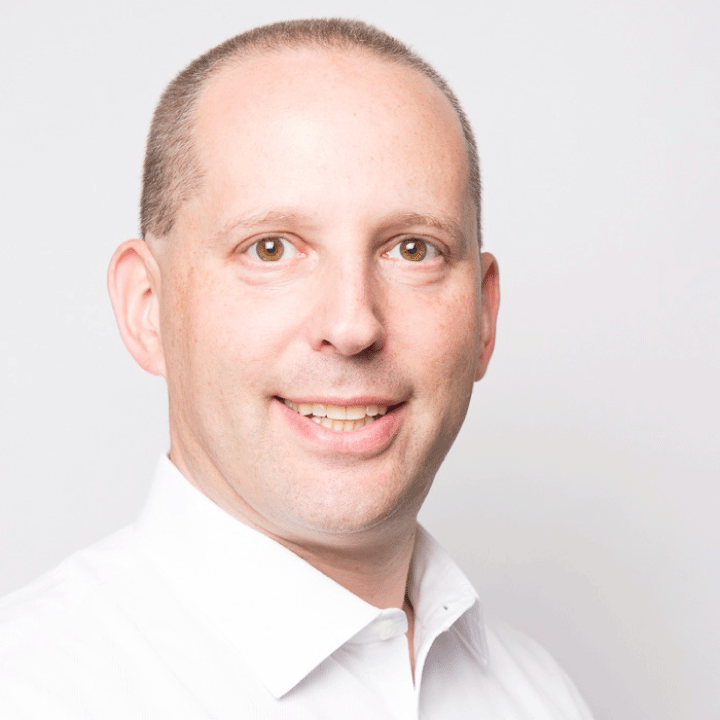
Milstein has authored Over 320 publications in peer-reviewed journals [1]. He and his coworkers have developed many group 8, 9, and 10 transition-metal complexes with specifically designed ligands that have proven useful to activate strong C-C, C-H, C-F, N-H, and O-H bonds.
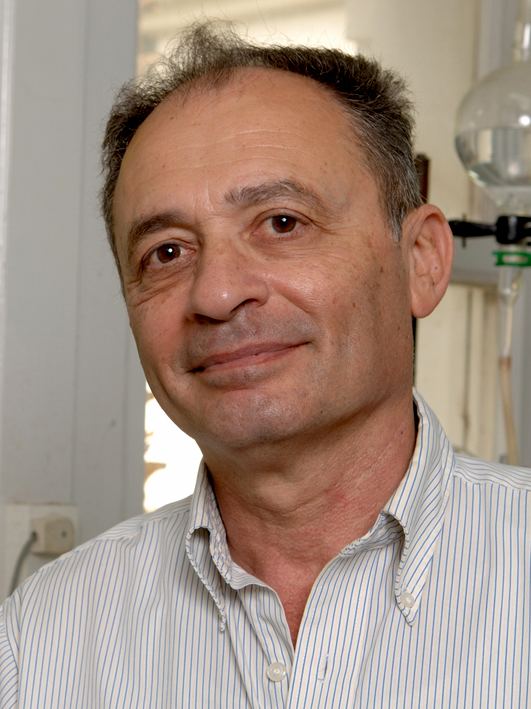
The C-C Bond
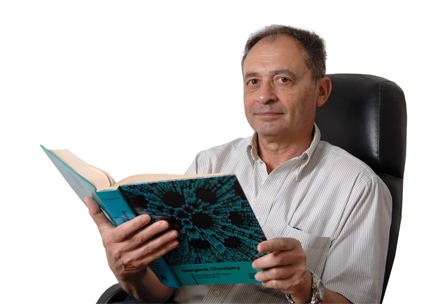
While a postdoc, Milstein and his adviser, John Kenneth Stille, discovered the Stille reaction for new carbon-carbon bond formation using a palladium catalyst to couple an organic halide with an organotin compound. This reaction is considered a very useful method for new C-C bond formation and is now widely used in the synthesis of pharmaceuticals. His subsequent research on the C-C bond includes a 1993 publication describing insertion of a rhodium complex into a strong C-C bond using a pincer-type substrate that helps draw the metal center to the hard-to-access C-C bond. This paper is considered a classic for establishing a general strategy for C-C activation in homogeneous systems. Milstein's research focused also on bonds between carbon and other elements. An example is his work on activation of the notoriously inert C-F bond in reactions of fluorinated benzenes with silanes or hydrogen using a rhodium catalyst.
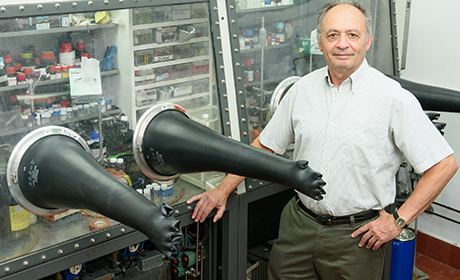
New Route to Amide Synthesis
Milstein had dealt in his research with N-H and O-H activation, inserting iridium complexes into the N-H bond of ammonia and the O-H bond of water and converting primary alcohols to esters with liberation of hydrogen using a pincer-type ruthenium catalyst. Using the same pincer-like ruthenium catalyst, Milstein and co-workers devised a new method for making amides, based on coupling alcohols and amines. This research was selected by Science magazine as one of the top ten breakthroughs of 2007, being praised both for its cleanliness and selectivity, eschewing the harsh reagents and conditions usually required to make amides and creating H2 gas as the only by-product.
Light-induced Water Splitting
Discovery of an efficient artificial catalyst for the sunlight-driven splitting of water is a major goal of renewable energy research, as it would allow generation of energy-dense hydrogen without investment of electricity. Recently, Milstein and his co-workers have described a solution-phase reaction scheme that leads to the stoichiometric liberation of hydrogen and oxygen in consecutive thermal- and light-driven steps mediated by mononuclear, well-defined ruthenium complexes, in essence establishing a new light-driven water splitting strategy that does not require a sacrificial chemical in the process.
Honors and awards
Major publications
Personal
Son of Musia and Abraham and younger brother of Lea, Milstein married to Adi Milstein in 1971, with whom he has three children: Nofit (b. 1972), Oren (b. 1976, cofounder of StemRad), and Abraham (b. 1983). He resides in the town of Rehovot in Israel.
